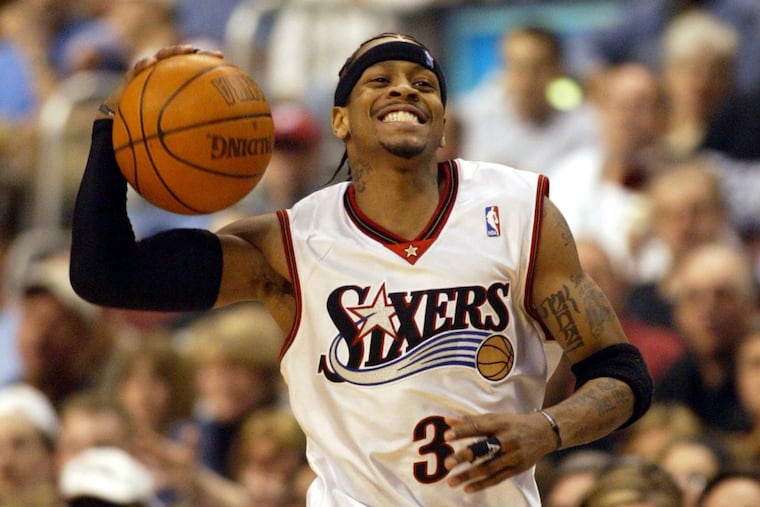NBA draft data bit: Was Allen Iverson a disappointment? No, but ...
Probably not, but his career performance vs. the rest of his draft class is not what many would expect.

Probably not, but his career performance vs. the rest of his draft class is not what many would expect.
